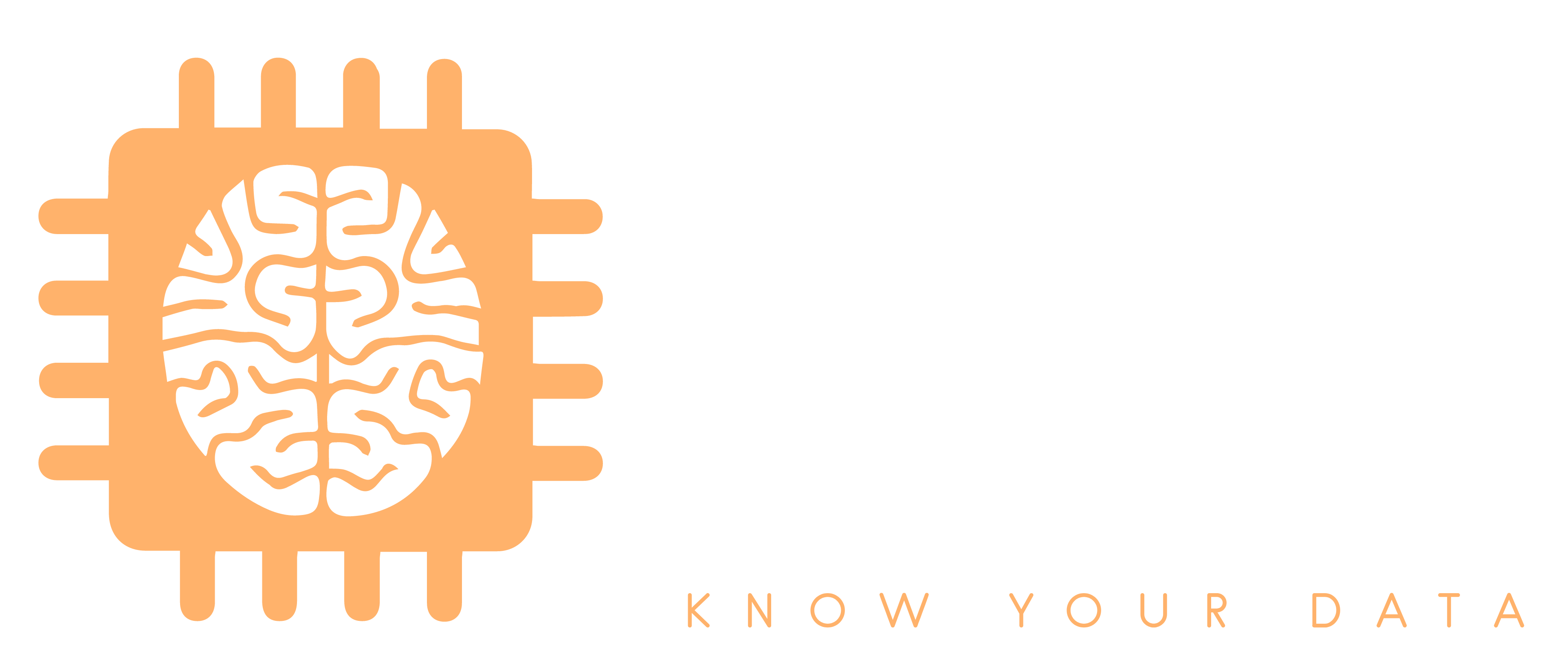“Policy text classifiers are the silent heroes of modern compliance, ensuring that organizations can navigate complex regulations with ease.”

Why Policy text classifier
Our Policy Text Classifier is designed to take the headache out of third-policy compliance. It employs cutting-edge AI techniques to classify policy docuents, making compliance management easier and more efficient than even before. Here are the key services it provides
1.Actionable Sentences: Imagine having the ability to pinpoint the exact sentences in a policy document that requires your attention. Our Policy Text Classifier does just that. It automatically identifies and highlights the sentences that hold actionable information, saving you time and effort.
2. Similar Sentences (via Embeddings): Sometimes, policy documents overlap in content or intent. Our Policy Text Classifier calculates the similarity of text paragraphs or sentences, aligning them with other documents. This feature helps you identify commonalities and potential conflicts across policies, allowing for more informed decision-making.
3. Summarization: Long and convoluted policy documents can be overwhelming. Our classifier utilizes machine learning to summarize policy documents into a concise paragraph. This summarization feature provides a quick and clear overview of the document’s key points, saving you valuable time.
KYDs approach for policy text classifier
We at KYD recommend using Markdown and a Versioning repository (in our case GitHub). All these questions can be answered with these tools.
For those who are in the Data Engineering and Data Science space you will know most of your time is spent data wrangling. So to minimize this effort we curate and clean the content up front without compromising the editing process.
The resulting policy content is stored in a version controlled repository (in our case GitHub). This lends itself to a number of benefits that are highly beneficial.
- Multiple Authors can concurrently work on the same policy
- Authors can keep multiple versions (e.g. 1.5 and the new 2.0) documents in the same platform without requiring ‘shared drives’. Additionally where applicable any changes can be automatically applied to both. (note this is a more advanced technique)
- Changes need to be reviewed and approved by someone other than the author
- Every change is tracked back to who did the work, when they did it and most importantly why they did it.
- All documents can go through a ‘release’ process, with tracked authorizations and immutable versions for tracking.

